The Far Future of our Solar System
If we scaled the entire Universe’s history from the Big Bang until now to be “one Universe year,” what would our future look like?
“The way to love anything is to realize that it might be lost.” -G.K. Chesterton
One of the most astounding facts about the Universe is that, despite only having spent a few hundred years studying the fundamental constituents and forces of what makes us — and the rest of the Universe — up, humanity has been able to accurately figure out just what all this actually is.
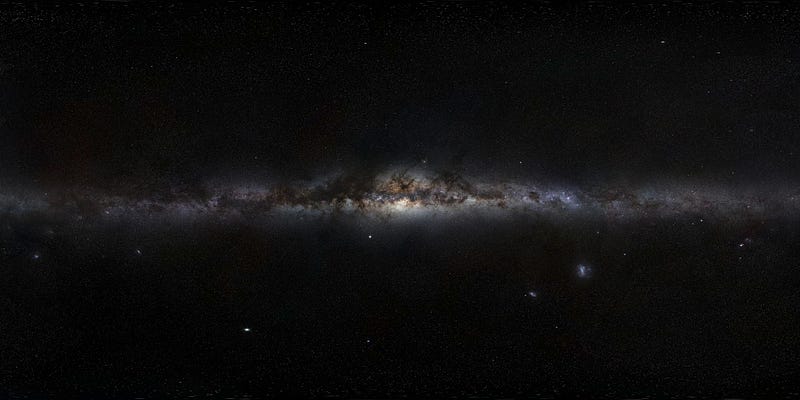
The laws of nature are almost completely understood in a few, very important senses. We know that our Universe is about 13.8 billion years old, despite having human experiences and observations that range from only a few fractions of a second to a handful of years. Our investigations of the laws of nature today allow us to look back into the distant history of the Universe, and understand what it was like 13.8 billion years ago, and how that gave rise to our Universe today.
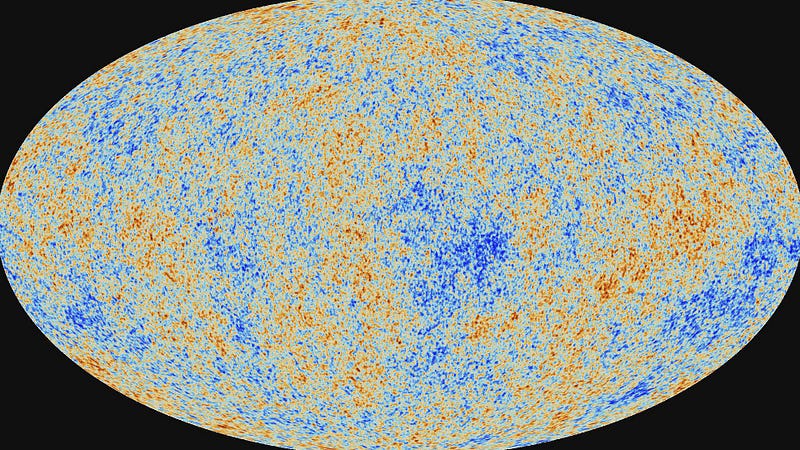
This is a lot more impressive if we think logarithmically, which is something we’re more used to doing for distance. In the Universe’s distant past, when it was just 380,000 years old, it was too hot to form neutral atoms; that’s what we see as the leftover glow from the Big Bang: the cosmic microwave background! That was when the Universe was just 0.0028% of its current age, or 1/36,300th the age it is now.

We can extrapolate back even farther, to the time when the Universe formed the first atomic nuclei, back when we were just 200 seconds-or-so old, or some 4 × 10^-16 times our current age. Earlier than that, it was so hot that we spontaneously were creating matter/antimatter pairs, back when the Universe was around 10^-18 times its current age, and back when all the particles we’ve created in accelerators — including the Higgs — were common in the Universe, at the highest energies we presently (and robustly) understand the fundamental laws of physics, the Universe was just a few tens of picoseconds old, or around 10^-28 its current age.
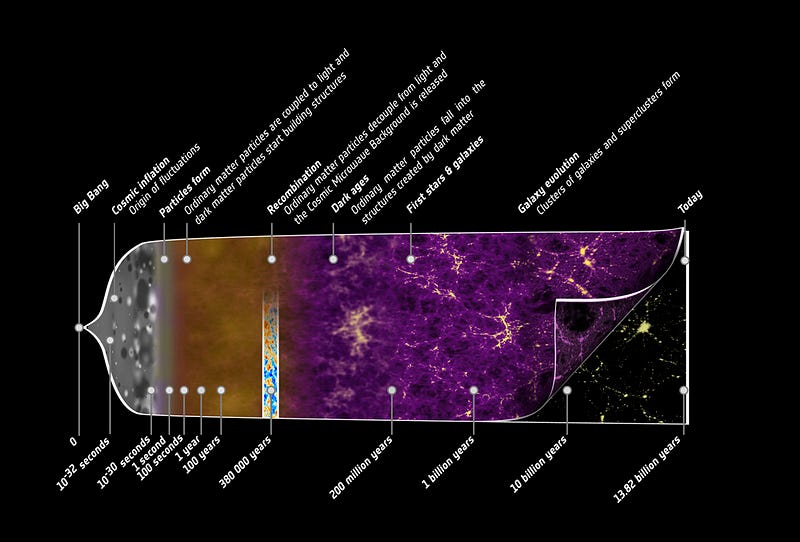
I recently created an image that shows some of the important events in our natural history not only on a logarithmic scale, but also on a linear-but-compressed scale: what our history would look like if, instead of our 13.81 billion years, we simply scaled everything down to fit in just one calendar year. The results are stunning, and do a tremendous job of putting our entire past history into a time perspective that we can relate to.

The funny thing is, that only explains how we got here. What about the other side of the coin: where we’re headed? As the famous physicist Niels Bohr once quipped:
Prediction is very difficult, especially about the future.
Things don’t look so rosy for you and me, I must say. Based on current life expectancies, I’m likely to only make it to 12:00:00.1 AM on January 1st of “Universe year 2.” The constellations that we’re familiar with will all be unrecognizable by time 12:02 AM comes around, and just a few minutes later we’re likely to enter the next ice age.
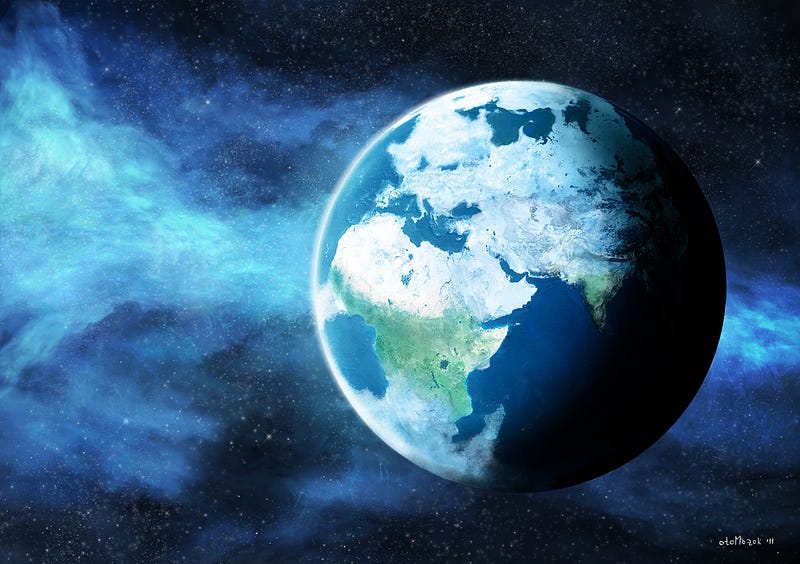
But those events are happening so quickly because of how severely we’ve compressed our cosmic timescales! Why settle for such small-scale events and happenings as those, when we can go as big as our imaginations allow? Just as our laws of physics allow us to extrapolate back into the distant past, they also allow us to extrapolate into the far future! We can start with the largest object in the night sky as measured by angular size: the Andromeda galaxy.
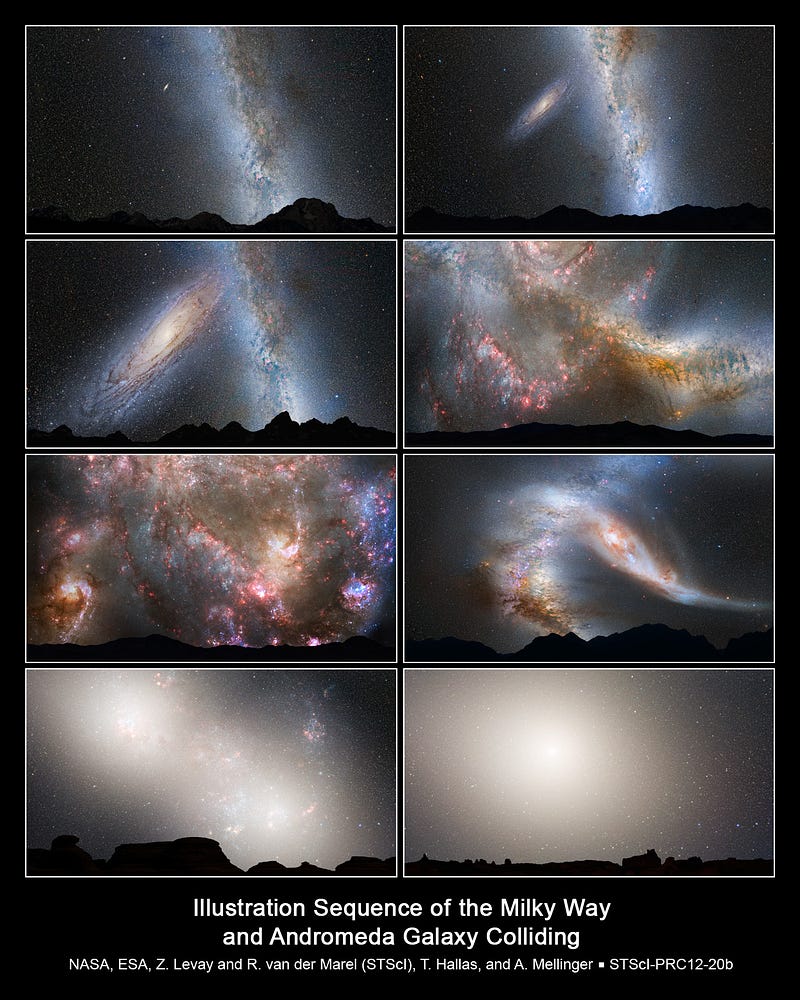
Over the next three-to-five billion years, the Andromeda Galaxy (and quite possibly the smaller Triangulum Galaxy) will merge with our own Milky Way, causing a spectacular change to our galaxy’s structure and to the night sky in general. Currently 2.5 million light years away but moving towards us at 43 km/sec, our best simulations indicate that the first collision and burst of star formation (panel 4, above) will happen in 3.8 billion years — or on April 10th of “Universe year 2” — and that the merger will be complete after 5.5 billion years, or on May 25th of that second year.
While gravitation will cause the local group to eventually merge with us, dark energy will cause all other galaxies and clusters — the ones that aren’t bound to us today — to eventually redshift away from us, leaving our observable Universe on timescales of billions to hundreds of billions of years.
But neither the accelerated expansion of the Universe nor our impending great galactic smashup will, in all likelihood, affect our Solar System. (In fact, you know how many stars are likely to undergo a collision with another star due to the entire merger process between our local group’s two largest galaxies? Just six, out of around a trillion stars!) Instead, let’s focus on our little corner of space in the Solar System, and look at exactly when certain spectacular events are likely to occur!
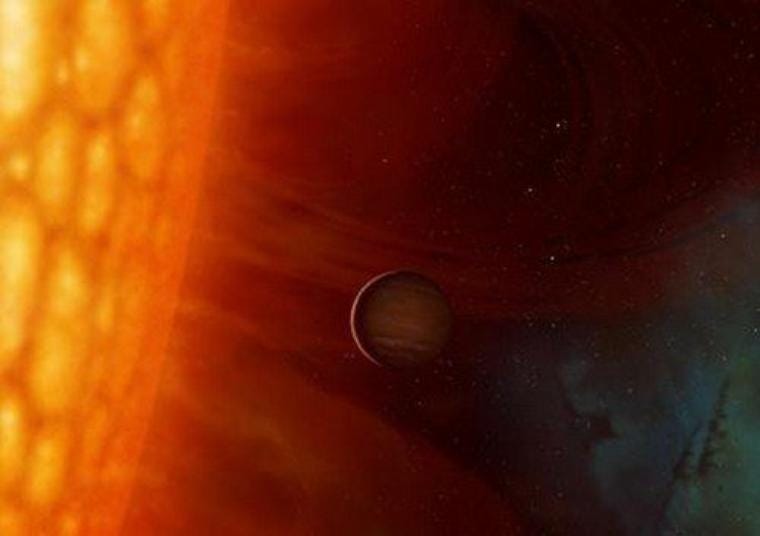
The Sun will continue to get hotter as it ages, boiling our oceans in approximately 1-2 billion years — or on February 8th of year 2, plus or minus two weeks — and ending life-on-Earth as we know it. Eventually, about 5-7 billion years down the line, we’ll run out of nuclear fuel in the Sun’s core, which will cause our parent star to become a Red Giant, engulfing Mercury and Venus in the process. That’ll happen around June 8th, give or take a little under a month. Due to the particulars of stellar evolution, the Earth/Moon system will probably be pushed outwards, and be spared the fiery fate of our inner neighbors.

After burning through its remaining nuclear fuel — mostly the helium in its core — the Sun expels its outer layers to form a planetary nebula, and the core of our star will contract to become a white dwarf. This is the eventual fate of nearly all stars in our Universe. But the planets will still be here, orbiting our cold, dim stellar remnant, and this process will complete around 9.5 billion years from today, or on September 8th, still in year 2.
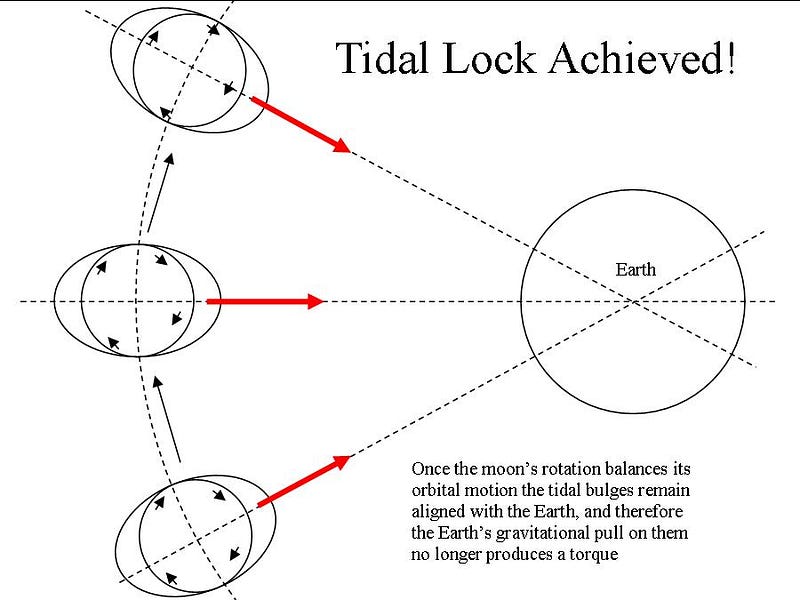
During all this time, however, the Earth continues to orbit the Sun while the Moon continues to pull gravitationally on it, and that causes a torque, which is what you get when you apply an external force to a rotating object. This causes the Moon to move farther away from the Earth while simultaneously causing the Earth’s rotation to slow down! The slowdown is almost imperceptible; the Earth’s rotation slows (and hence the day lengthens) by a mere 1.4 milliseconds per century, but we’ve got time.
And after about 50 billion years, the Moon’s orbital period will be more like 47 days (as compared to the present 27.3 days), and our 24-hour-day will have slowed to match: it will take 47 of today’s days to make just one day on the 50-billion-year-in-the-future Earth’s day. At this point, the Moon and Earth will be tidally locked, so that the Earth and Moon always appear in the exact same position in one another’s skies. This will finally be achieved on August 14, year 5.

Eventually, white dwarf stars will go black, as they cool and radiate their energy away. This will take a very long time: maybe 10^16 years by my estimates (although your mileage will vary), or about a million times the present age of the Universe. The atoms will still be there, they’ll be just a few degrees above absolute zero. At this point, the entire night sky will be dark, as all the stars in our local group will have burned out. At this point, space will be really, really black. And that won’t happen until the (Universe’s) year 724,000 or so!

The galaxy, meanwhile, will become a violent place if we wait long enough. Stars are very, very small entities compared to the distances between them; there’s less than a 0.1% chance that a Sun-like star will collide with another star during its lifetime. But between us, Andromeda, and the rest of the local group, there are some one trillion stars and stellar remnants flying around. In this chaotic system, a typical star system may go a very, very long time without colliding with anything else, but we’ve got all kinds of time.

After an approximate time of 10^21 years, the now-black dwarf at the center of our Solar System will randomly collide with another black dwarf, producing a Type Ia Supernova explosion, and effectively destroying what’s left of our Solar System. This happens around the Universe’s year 100 billion, or a larger number of “Universe years” than we’ve had actual years to this point!

At least, that might happen. That will be the eventual fate of many stars in our local group, but not all! Because there’s another competing process that — by my calculations — is possibly even more likely to happen to us: gravitational ejection from the local group due to a process called violent relaxation! When there are multiple bodies in a gravitationally chaotic orbit, sometimes one will get ejected, leaving the rest even more tightly bound.
This is what happens in globular clusters over time, and explains both why they’re so compact and also why there are so many blue stragglers — or older stars which have merged together — in the core of these ancient relics!

So if we’re one of the ejected star systems, what then? Will the remaining planets just continue to orbit the dead star at the center of our Solar System forever?
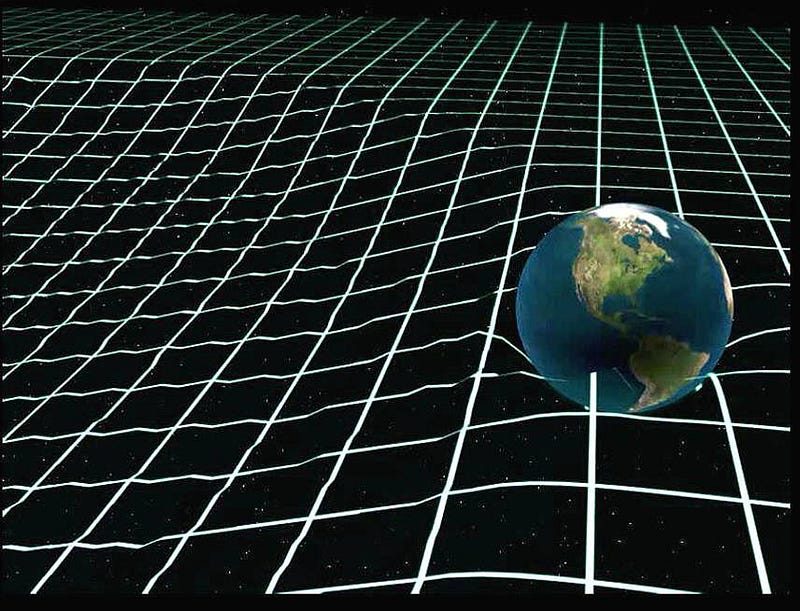
If that’s what winds up happening, we’ll have all kinds of time as the Universe figures out what’s next for our Solar System. And we might have stuck around forever, if only it weren’t for that pesky gravitational radiation!
Our orbits — even gravitational orbits in General Relativity — will very, very slowly decay over time. It might take an exceptionally long time, some 10^150 years, but eventually, the Earth (and all the planets, after enough time) will have their orbits decay, and will spiral into the central mass of our Solar System. At this point, the difference between “regular” years and Universe years isn’t so big; just subtract 10 from the exponent of both numbers to convert, so 10^140 Universe years to spiral into the black dwarf in our Solar System.
It would take even longer — maybe 10^200 years or even more — for the last few stars that are left in what was once our local group to spiral in to the central mass in the aftermath of the Milky Way-Andromeda merger, but I’m not worried about that possibility.

Because that’s never going to happen! Since there’s a black hole there, it will have already evaporated thanks to Hawking radiation! Hawking radiation will take out even the most supermassive black holes in the Universe after only some 10^100 years, and a solar-mass black hole in a meager 10^67 years. So — presuming that there are no other long-term decay mechanisms out there — these are the longest timescales we can expect anything resembling the stars, galaxies, black holes and Solar Systems in Universe we know today to stick around.
And that’s the far future of our Solar System, based on the best physics that we know today!





